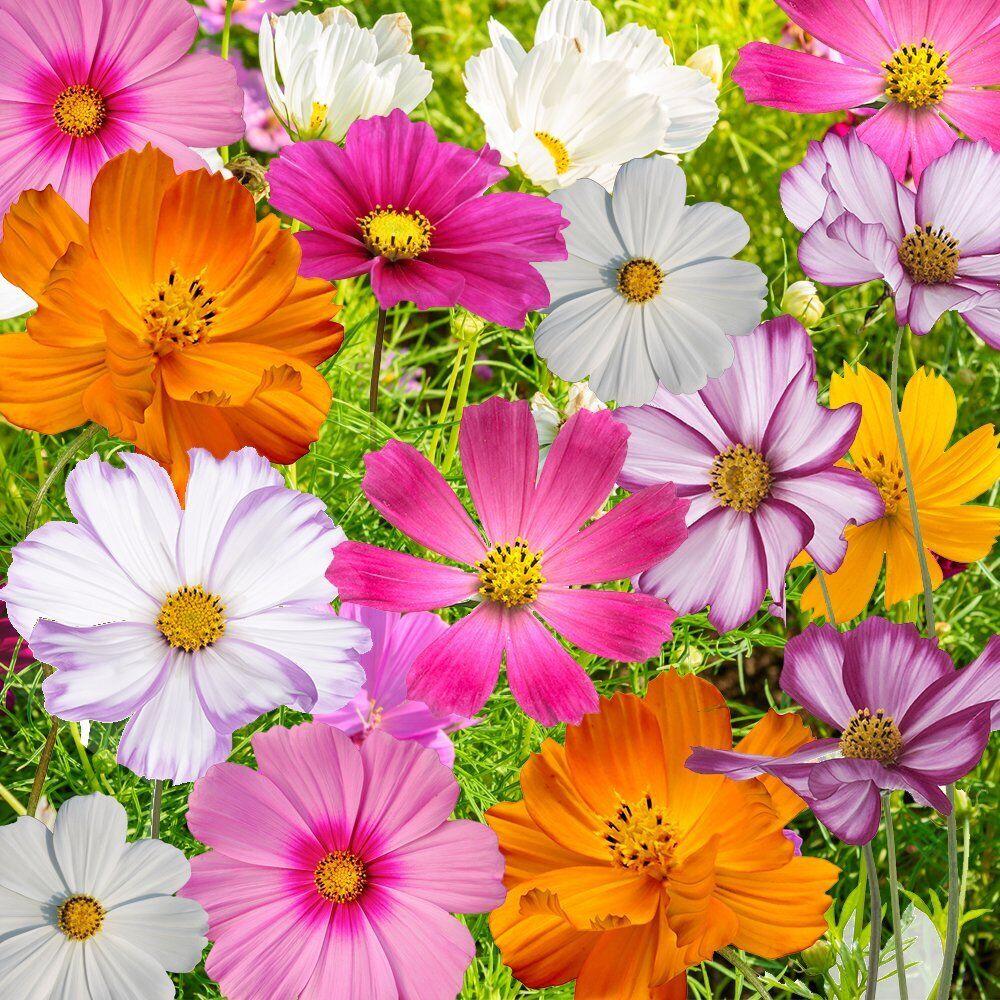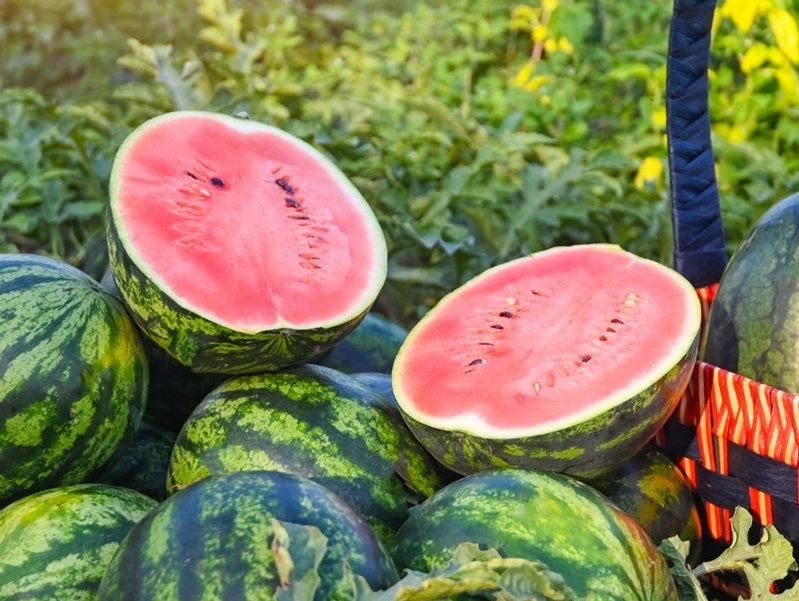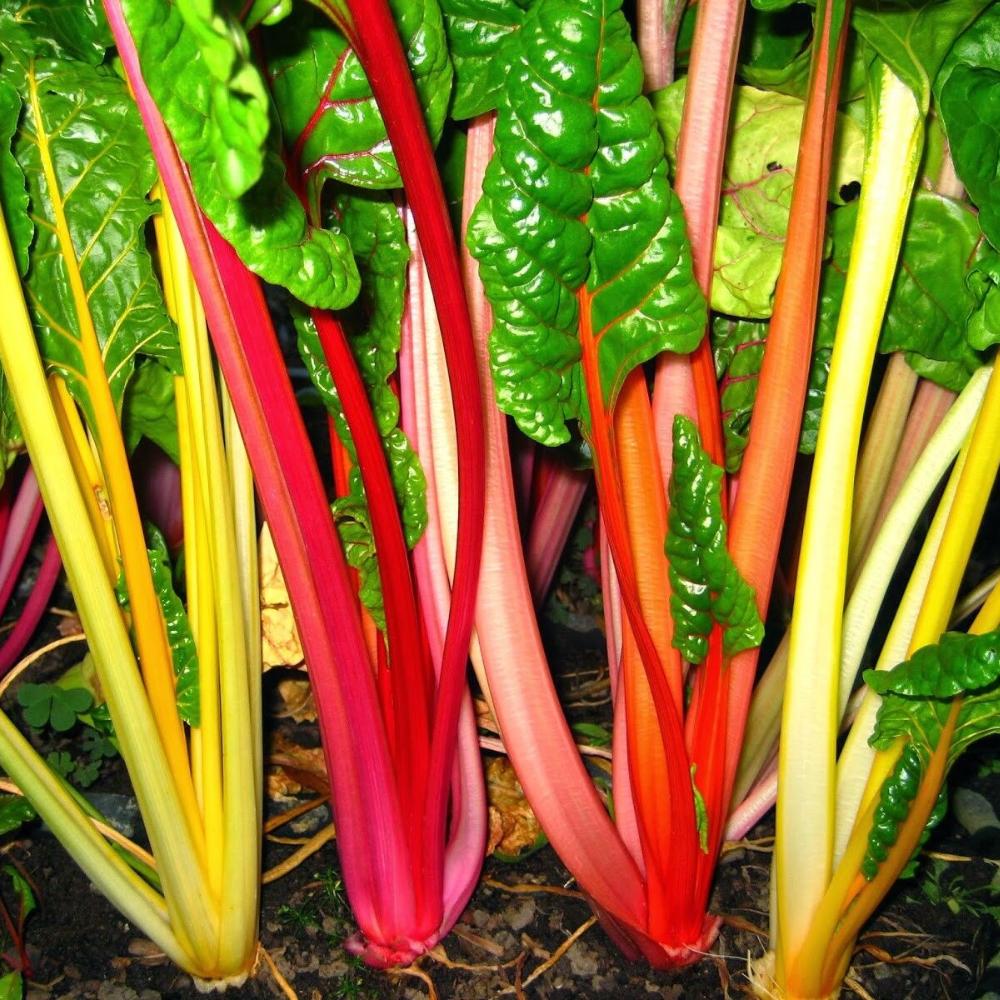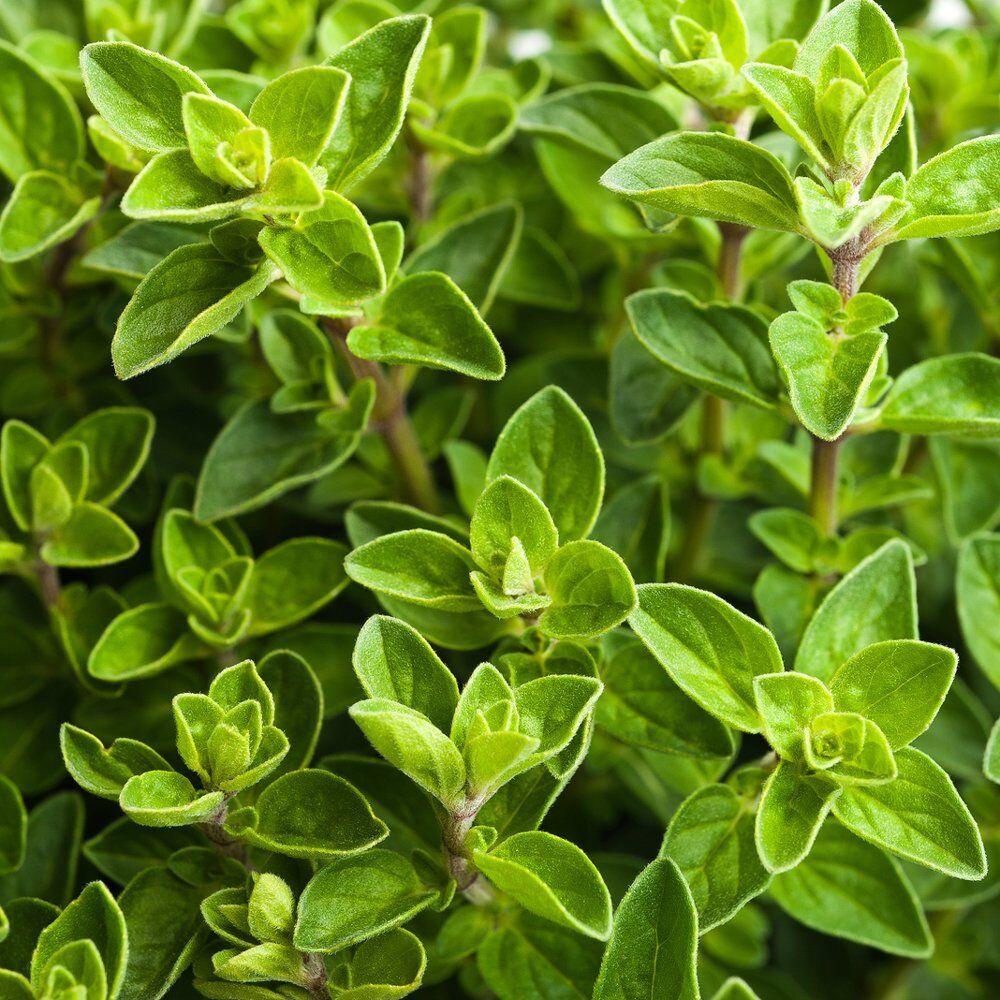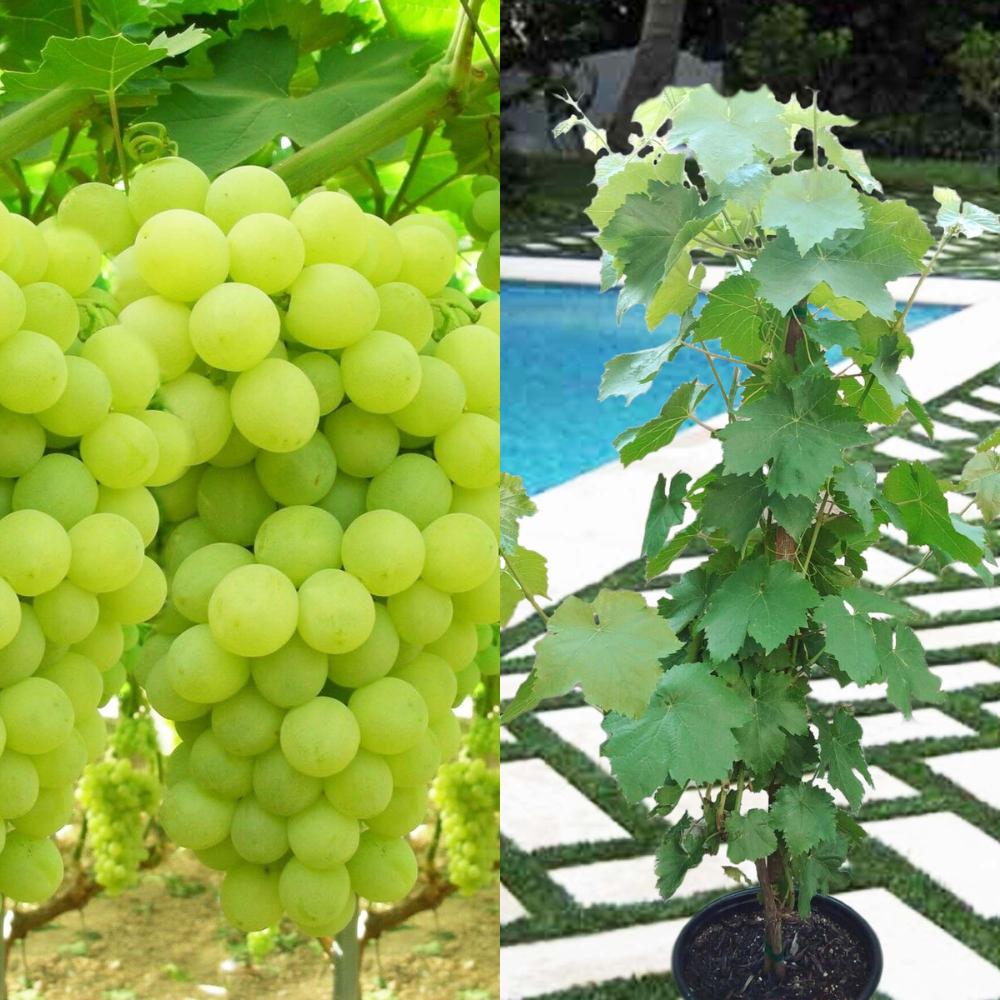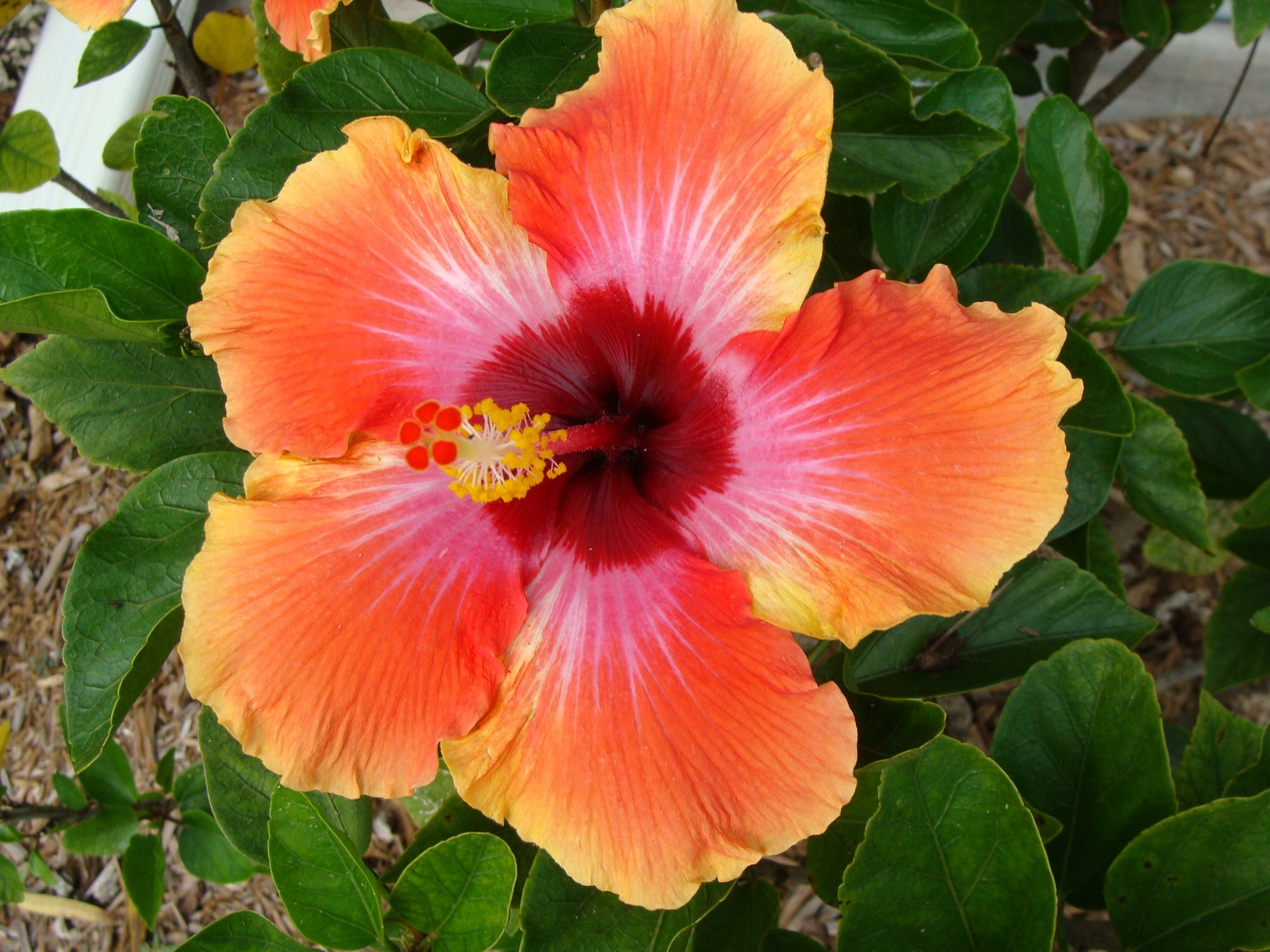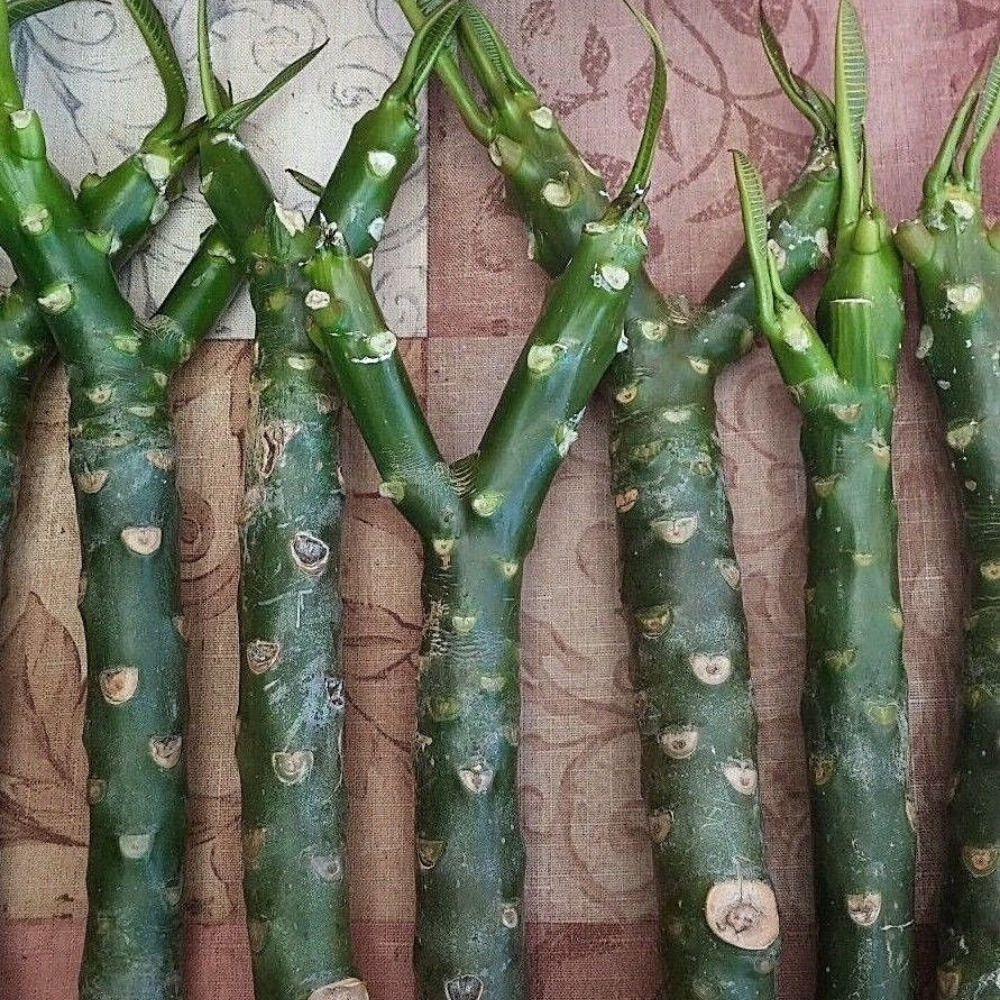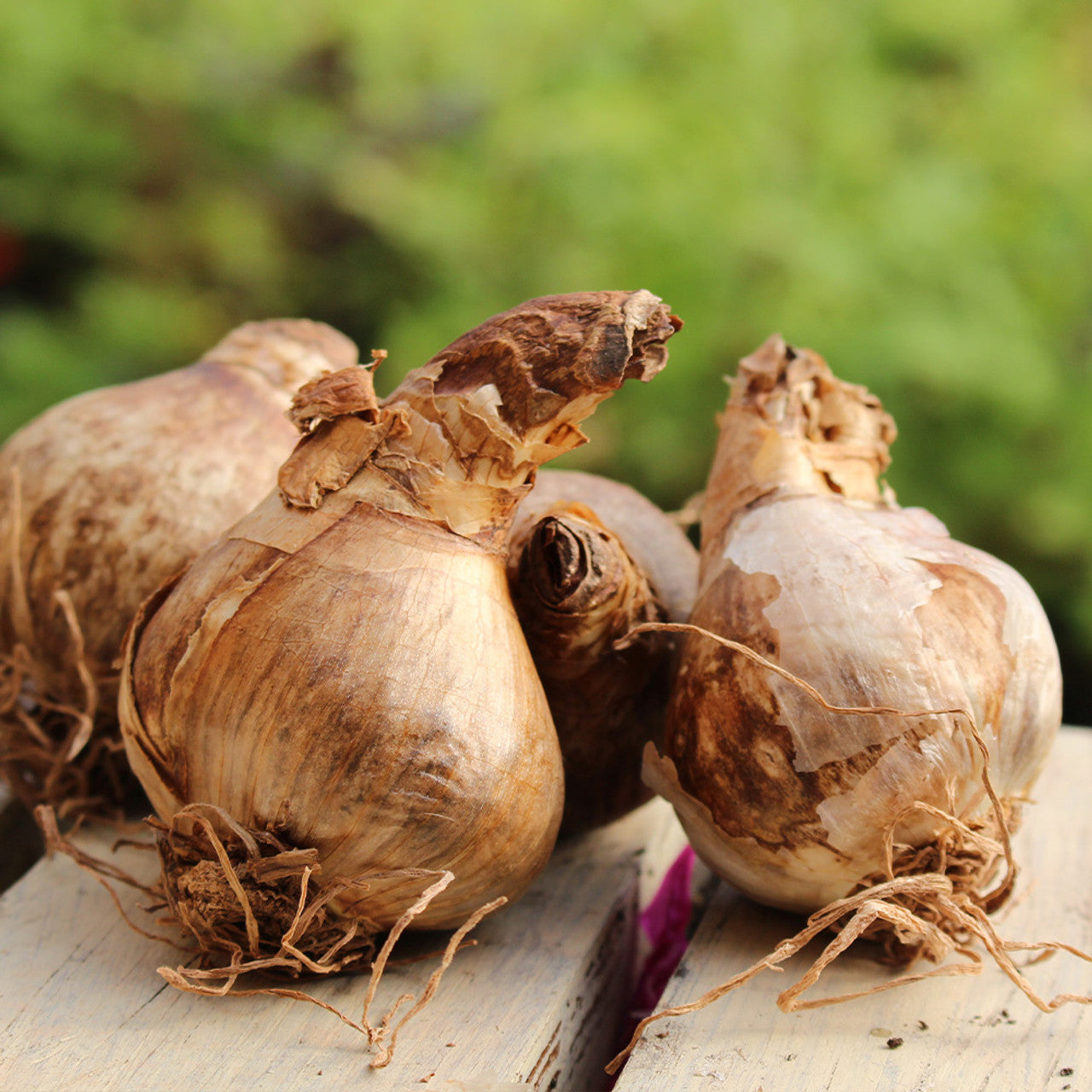If you’re seeking a tropical fruit tree that offers delicious, exotic fruit and is relatively easy to care for, the Longan Fruit Tree (Kohala) might just be the perfect addition to your garden. Known for its sweet, lychee-like flavor and stunning clusters of translucent fruit, the Kohala variety of longan is highly prized for both its taste and its ability to thrive in tropical climates.
In this comprehensive guide, we’ll explore everything you need to know about the Longan Fruit Tree (Kohala), from its unique characteristics to planting, care tips, and harvesting advice, so you can enjoy this tropical gem in your own backyard.
What is the Longan Fruit Tree (Kohala)?
The Longan Fruit Tree (Kohala) (Dimocarpus longan) is a tropical fruit tree native to Southeast Asia. It is part of the soapberry family and is often referred to as the "dragon's eye" due to its clear, translucent fruit, which resembles a small eye. The Kohala variety is known for producing fruit that is slightly sweeter than other longan varieties, with a delicate floral aroma and a smooth, juicy texture.
Although the longan fruit resembles the lychee, it is smaller and more translucent. Longan trees are popular in tropical and subtropical regions, and their fruit is enjoyed fresh, dried, or incorporated into various culinary dishes.
Key Benefits of the Longan Fruit Tree (Kohala)
- Delicious Fruit: The sweet, juicy fruit of the Kohala longan is rich in antioxidants, vitamin C, and minerals, making it not only a tasty treat but also a nutritious one.
- Tropical Appeal: This tree brings a beautiful, tropical feel to your garden with its dense, evergreen canopy and striking clusters of fruit. It's perfect for creating a lush backyard oasis.
- Low Maintenance: Once established, the Kohala longan tree is relatively low-maintenance, making it suitable for novice gardeners looking to grow exotic fruits without too much effort.
- Drought-Tolerant: Longan trees are more drought-tolerant than many other tropical fruit trees, making them a great choice for regions with variable rainfall.
How to Grow the Longan Fruit Tree (Kohala)
Growing a Kohala longan tree can be a rewarding experience if you follow the right care guidelines. Whether you’re planting your tree in the ground or growing it in a container, here’s what you need to know.
1. Choosing the Right Location
Longan trees thrive in full sunlight, so it’s essential to plant them in an area that receives at least 6-8 hours of direct sunlight each day. The tree can tolerate a variety of soil types but prefers well-drained, slightly acidic soil. The Kohala longan tree is also sensitive to frost, so make sure to plant it in an area with mild, tropical, or subtropical conditions.
2. Planting Your Longan Tree
When planting your Kohala longan tree, dig a hole that is twice as wide and just as deep as the root ball. Gently remove the tree from its pot (if applicable), and place it in the hole, ensuring the root ball is level with the surrounding soil. Fill in the hole with a mix of soil and organic compost to provide the tree with the nutrients it needs.
3. Watering
Water your longan tree regularly, especially during the warmer months. The tree needs consistent moisture to develop healthy roots and produce fruit, but be careful not to overwater, as this can cause root rot. Ensure the soil is well-draining to prevent excess moisture from accumulating.
4. Fertilization
Fertilizing your Kohala longan tree can promote healthy growth and fruit production. Use a balanced, slow-release fertilizer high in nitrogen during the growing season. You can also amend the soil with compost or organic matter to enhance its fertility. Fertilize every 3-4 months, but avoid fertilizing during the winter months when the tree’s growth slows down.
5. Temperature and Humidity
The Kohala longan tree thrives in warm, humid climates, ideally with temperatures between 75°F and 95°F (24°C - 35°C). While it can tolerate short periods of cooler weather, it is not frost-hardy. If you live in an area with colder winters, consider growing the tree in a pot and bringing it indoors during winter months.
6. Pruning
Pruning is essential for maintaining a healthy, productive longan tree. Trim any dead or diseased branches, and remove any suckers or growth at the base of the tree to encourage strong, upward growth. You can also prune the canopy to allow sunlight to penetrate the tree, promoting better fruit production.
Like any fruit tree, the Kohala longan tree may encounter a few challenges during its growth. Here are some common issues and how to address them:
- Yellowing Leaves: This could be a sign of nutrient deficiencies or overwatering. Make sure the soil is well-draining, and consider adding a balanced fertilizer to provide essential nutrients.
- Pests: Longan trees can sometimes attract pests like aphids, mealybugs, and scale insects. If you notice any pests on your tree, treat it with insecticidal soap or neem oil to prevent further damage.
- Poor Fruit Production: If your Kohala longan tree isn't producing fruit, it could be due to inadequate pollination, insufficient sunlight, or improper watering. Make sure the tree is getting plenty of sunlight and water, and consider hand-pollinating the flowers if necessary.
Kohala longan trees typically take 3 to 5 years to begin producing fruit. The longan fruit clusters usually ripen in late summer to early fall. To harvest the fruit, simply cut the entire cluster from the tree once the fruit turns a golden-brown color. Peel the fruit to reveal its translucent, jelly-like flesh, and enjoy its sweet, aromatic flavor.
You can eat longan fruit fresh, dry it for use in teas and desserts, or even preserve it in syrup. The fruit is often used in Asian cuisine and is also known for its medicinal properties, including its use in traditional herbal remedies.
Why Choose the Kohala Longan Tree?
The Kohala longan is a standout variety thanks to its exceptional flavor, easy care requirements, and ability to thrive in a variety of climates. Not only is it a wonderful fruit tree for your garden, but it’s also a conversation starter due to its unique fruit and exotic appearance. Plus, the longan fruit’s nutritional benefits make it a healthy addition to your diet, rich in vitamin C, iron, and antioxidants.
Growing a Kohala Longan Fruit Tree is a great way to enjoy fresh, tropical fruit in your own backyard. With the right care and attention, you can enjoy a fruitful harvest of sweet, aromatic longan for years to come. Whether you’re growing it in your garden or as a container plant, the Kohala longan tree is a beautiful and rewarding addition to any tropical or subtropical landscape.
Are you ready to cultivate your own tropical paradise? Start planting your Kohala longan tree today and look forward to harvesting delicious fruit in just a few years!


